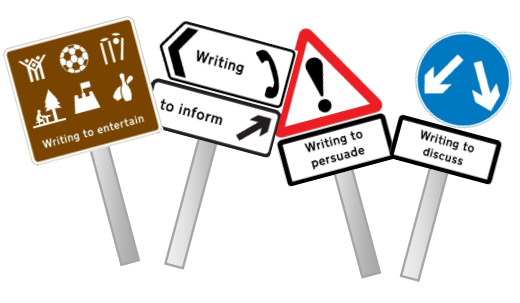Writing
Our Writing Curriculum Design
Curriculum Intent
It is our firm belief that writing, when implemented closely alongside reading, underpins all learning within the curriculum. We strive for our children to be equipped with the skills, knowledge and ability to be able to communicate through writing in all aspects of their lives and we aim to ignite a passion for writing. Our children write for purpose, identifying the intent of their writing according to the text type. They are able to discuss the purpose and effect of the grammar and punctuation skills they use, carefully and deliberately selecting these in order to aid their overall work. .
Curriculum Implementation
Our holistic approach to writing encourages a broad and balanced programme of study, which enables children to produce sustained pieces of writing across a number of topics, subjects and genres. Through the writing opportunities we give to the children, we ignite curiosity, further develop skills and engage learning.
Our writing curriculum was designed to link closely with reading. The two are inherently intertwined and key links are made between each. Children are encouraged to write with consideration to the reader and read while considering the effect the writer had intended.
At its core, the National Curriculum underpins our writing curriculum, but we have, after careful research and development, enriched its design by incorporating our own approaches. Our overall aim is for the children to ‘write for purpose’. The children carefully consider the purpose for the writing and use transferable skills in order to produce an effective piece, focusing on the impact this will have on the reader.
Medium term plans are used to guide short term planning and key, transferable skills are included. Purposes are repeated within and across year groups and this enables children to master the skills taught effectively through intelligent repetition. Our detailed plans enables teachers to have an overview of the entire writing curriculum. In addition to this, our system of assessment accurately maps key objectives which will be assessed. These objectives carefully consider the progress expected year on year and further use intelligent repetition to maximise progress and limit any disfluency which may occur.
Class novels are used to engage children and create writing opportunities when appropriate. The texts are carefully selected to challenge children’s thinking, engage their interest and broaden their understanding. We use our class novels to help to create a vocabulary rich environment which also leads to improved outcomes. In addition to this, we use a wide range of high quality texts for analysis in order to aid our writing.
Curriculum Impact
The overall aim of our writing curriculum is for children to be independent writers who are confident and able to use transferable skills within and across different genres of writing. Children should consider their purpose for writing carefully and adapt their writing style to suit the reader. We aim for our children to develop a love of writing and to continue to improve the key skills learnt in all aspects of life and education.
What does Writing look like at Richard Wakefield?
Writing for Purpose

At Richard Wakefield, we encourage children to take pride in their writing, instilling confidence and creativity.
As a school, we develop writing through four distinct purposes. These are:
- writing to entertain;
- writing to inform;
- writing to persuade;
- writing to discuss.
The skills that children will develop include:
- spelling strategies and using a dictionary;
- using punctuation correctly and for effect;
- using grammatical knowledge to construct sentences, considering the effect and impact that these will have on the reader;
- handwriting for different purposes – using appropriate joins leading to a personalised style;
- planning, drafting, organising and editing their work.
Children are given opportunities in all curriculum areas to write for an extended period of time, with careful consideration for the audience. This enables them to apply and embed the writing skills that they have developed in English lessons.
Here are some examples of how our purposes for writing work in the classroom: